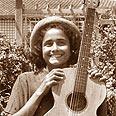
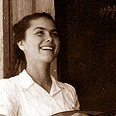
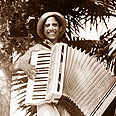
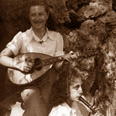
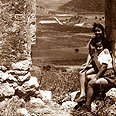
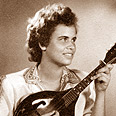
In the previous article we were introduced to Moshe Jacobson, who in the early 1940s returned to the Shfeya Youth Village where he had studied when he was young.
Those were the years after the 1936-1939 events in the Land of Israel and the start of World War II in Europe. Most of the youth village's students came from hard-working families, and some were even orphans. In the village they got education, a social life and studies.
Those years Moshe was a guard in the settlement police, as well as an instructor and teacher in the village. Thanks to him, the village's musical tradition expanded greatly, and the melody and singing seemed to cause its residents to forget about their troubles.
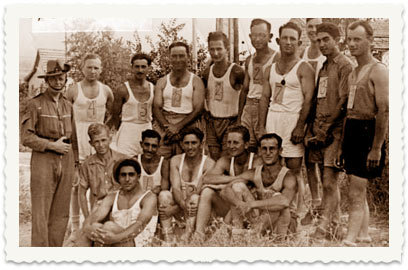
1. The guards of Shfeya. Moshe sitting on the left. Standing in uniform from the left: Zvi Kovzevzki, the guards' commander and a gymnast in the youth village
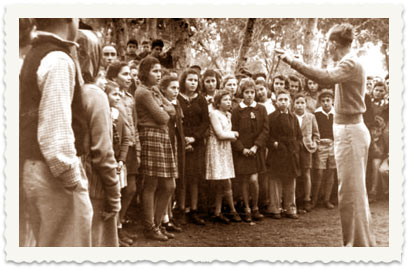
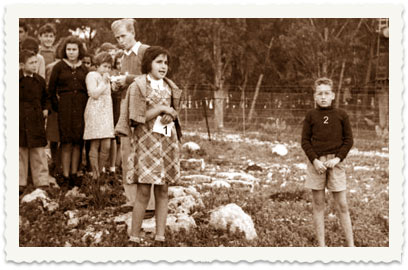
Ofra's story: During the 1936 events, Ofra and her parents traveled on a motorbike from Petah Tikva to Kfar Saba. On the way, they were ambushed by Arab murderers, who opened fire on them. Her parents were killed and she was seriously injured. Fortunately, the killers believed she was dead and fled the area. A passerby heard her and took her to a hospital, where she was treated for half a year and adopted by one of the nurses. When she grew up, Ofra replaced Moshe as the village's orchestra conductor.
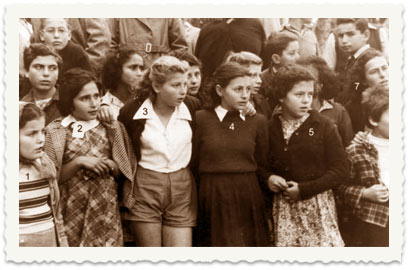
4. The school choir at a Tu B'Shvat planting ceremony, conducted by Moshe, 1945. 1 – Tova Hirshberg, 2- Ofra Babayof, 3- Dina Litrat, 4 – Ruthie Polack, 5 – Dvora Elboim, 6 – Chava Shtsarensky, 6 – Drora Arkin
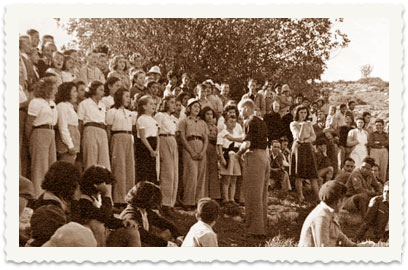
5. The village choir performs during a holiday, 1945
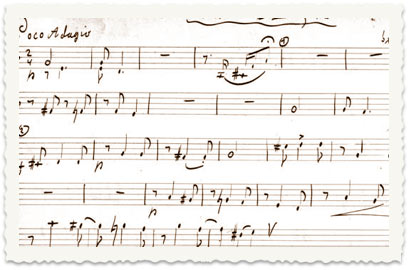
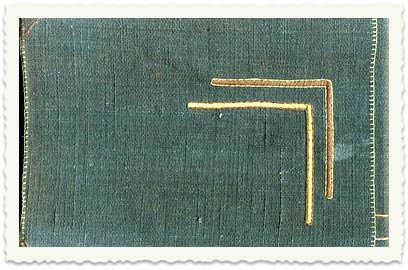
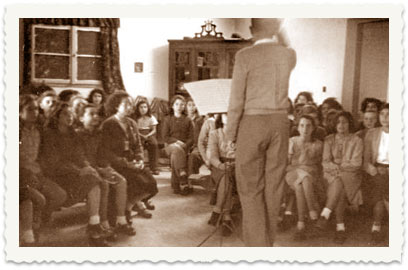
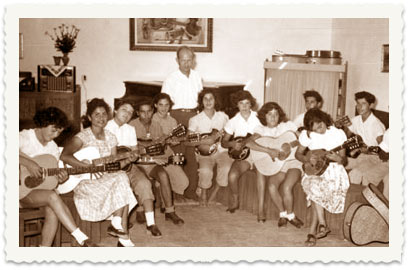
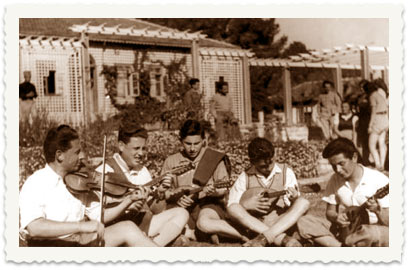
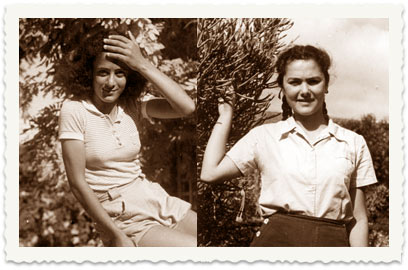
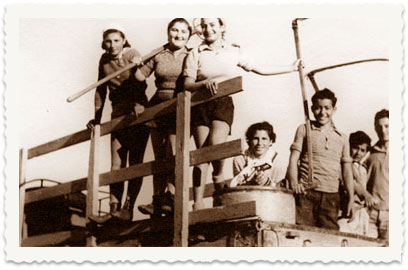
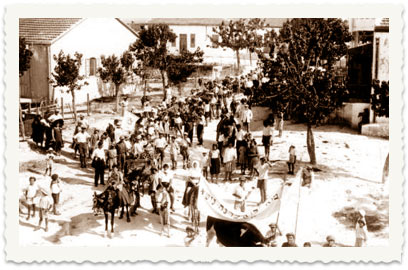
13. First-fruits procession in Shfeya
Listen to the Shfeya orchestra perform a Russian song:
- For all trips to the past – click here















